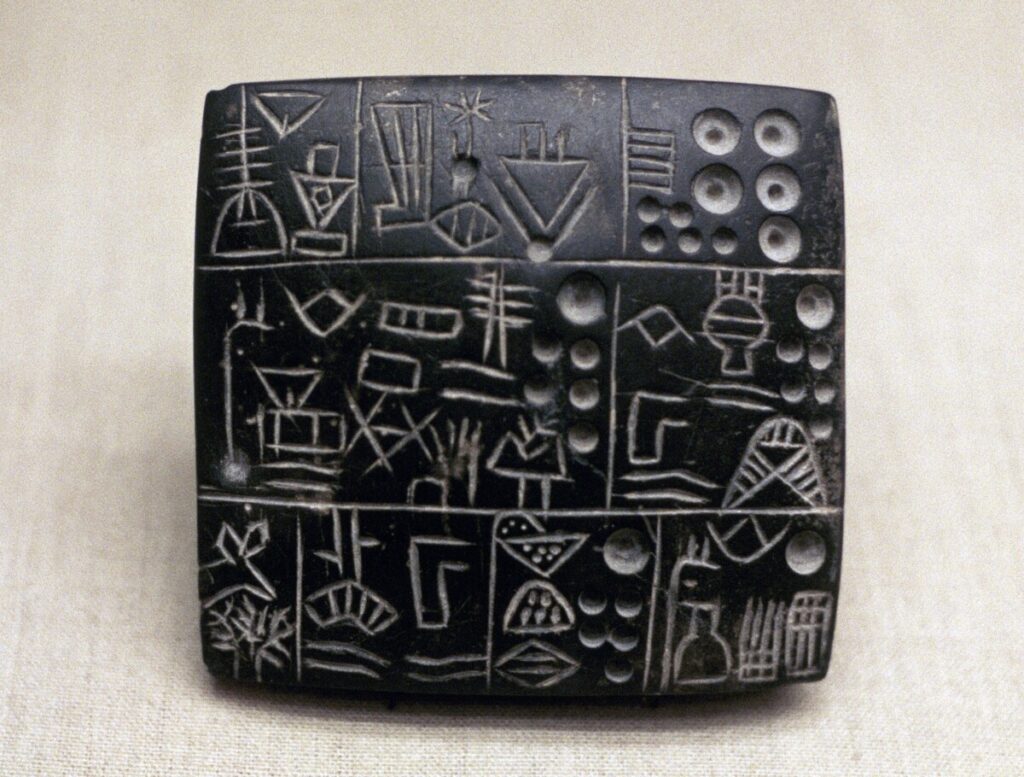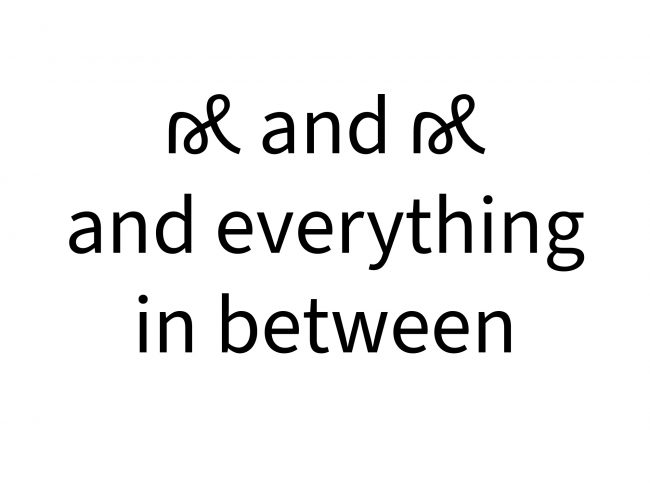Hall, Sean. This Means This, This Means That: A User’s Guide to Semiotics, Laurence King Publishing, 2012. (Chapters 1 & 2)
Questions / Prompts
- How has language shaped design historically?
- Can visual design accomplish things that language cannot? Why?
- How are signs, signifiers, and the signified employed in visual communication? Provide examples from contemporary or historical advertising.
- How are non-literal devices used to convey meaning in advertising? Provide examples from contemporary or historical advertising.
Reading Response 2
Language is a way for us to perceive reality by associating or imitating it in the use of words and representations. Through these representations and the progress of design, we were able to create the written language with words and symbols which helped us to better understand reality. Our earliest recorded written language called Proto-Cuneiform invented in Mesopotamia, laid down the foundation for what would become signs, signifiers, and the signified.
Visual design takes the representations of language a bit further by sometimes breaking away from the literal sense to a more abstract and nonliteral sense. This allows designers to communicate different meanings and interpretations in their work to the viewers. Through the use of signs, signifiers, and the signified as well as non-literal devices to imply certain messages. This can be seen in company logos which are created to easily represent the company and be recognizable, such as the Nike logo. When looking at this swoosh, you associate it with clothes and sports that Nike is known for without having to see actual words to convey that message.
In the article “Do Gender-Neutral Pronouns Need Their Own Glyph?”, designers are trying to find a more way to implement gender-neutral pronouns into the written language, since fluid and nonbinary gender identities are becoming more commonplace. Graphic designer, Sarah Gephart, created a single unisex signifier that would have the gendered pronouns as the different signified.
As for non-literal devices in advertising, one device such as metaphor seeks to convey one signifier as another signified. This is seen mostly in cosmetic product advertisements where they would use models with their products trying to highlight that specific aspect of the product. One of the most notable is this Old Spice Commercial, which associates that by using Old Spice men would be able to be like the man in the commercial.
Hypothesis Annotations
- Definition: Putative
- Idea: …all of these may alter the original in often subtle, and sometimes profound, ways.
- Idea: The narrator of the book explains the picture with seeming exasperation, because, as he points out, grown-ups always have to have everything explained, whereas children, who often have better insight into such things, do not.







Recent Comments